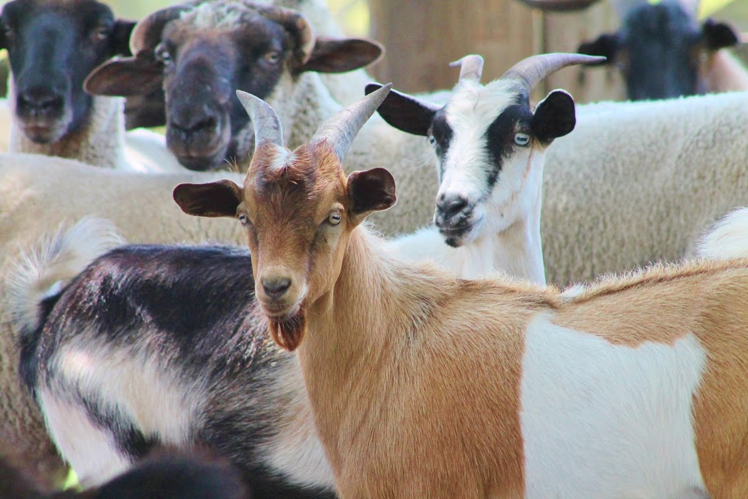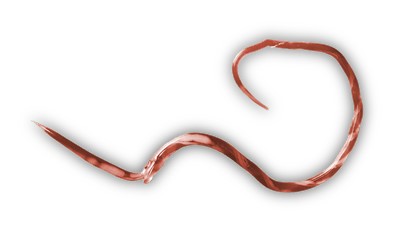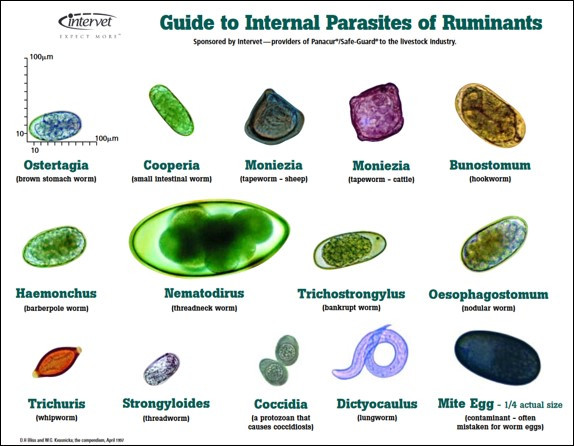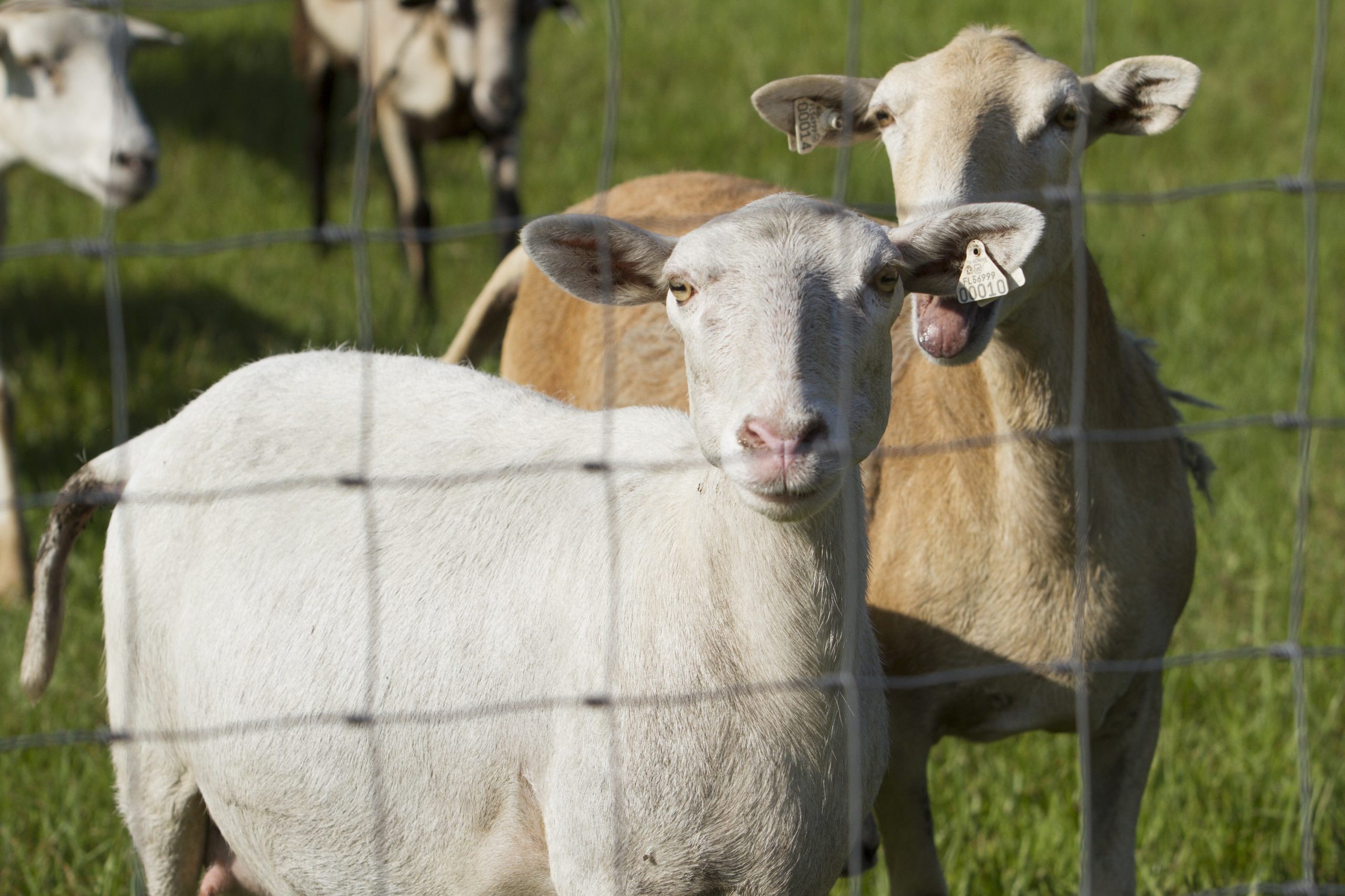
Gastrointestinal parasites are one of the many unforeseen challenges in livestock production. Some animals have the ability of coping with these burdensome organisms, but some individuals in our herds or flocks will never develop the resistance to thrive in this harsh environment.
Haemonchus contortus, also known as the barber pole worm, affects many species of ruminants including bovines, cervids, camelids, sheep, and goats. These worms primarily feed on blood by attaching their mouthparts to the linings of the stomach inside the host’s digestive tract. These parasites can produce thousands of eggs that are excreted with animal feces and subsequently infect otherwise healthy animals, potentially reducing their efficiency to gain weight, thrive and often can cause death.
For this reason, monitoring the parasite load on our animals is extremely important, especially immunologically vulnerable times around the time young livestock lose the maternal immunity (4 months of age in sheep and goats), and during pregnancy for breeding females.
Fecal egg count is a procedure that can be used on the farm to assess the parasite load of our livestock and monitor the effectiveness of our deworming practices. This low-cost procedure can help us identify animals and make culling and treating decisions, as well as helping us select the breeding animals that are more suitable for our operation.

The results from the fecal flotation can help us design a health management program in conjunction with our veterinarian, and other parasite management strategies, instead of just relying on the use of anthelmintic drugs to manage this unwanted burden.
Materials needed:
- Disposable gloves
- Lubricant
- Cups or bags to collect fecal pellets
- Marker
- Tongue depressors or popsicle sticks
- Fecal solution
- 50 ml test tubes
- McMaster slide
- Disposable eye dropper
- Strainer
- Microscope
- Clean water

Fecal Egg Count procedure:
- Catch the goat whose feces you want to check and collect fresh fecal pellets. Gently go inside with a disposable-gloved hand, grab several pellets, exit the body, and turn the glove inside out to hold the feces.
- Put four or five fresh goat fecal pellets or the equivalent amount of loose feces (2 grams) into a cup. Mash the feces with a tongue depressor or popsicle stick.
- Pour 28 ml (cc) fecal floatation solution into the cup, then mash/mix the solution as much as possible.
- Use a spoon or other tool to crush and break up feces forming a slurry (2 minutes).
- Lift the strainer out of small dish and discard the fecal residue.
- Stir the solution in the container with a spoon using a back and forth motion. Then use an eyedropper to fill one chamber of the McMaster slide. Repeat the above step and fill the other chamber of the slide.
- Allow slide to sit for 5 minutes.
- Look at the slide under microscope.
- Orient the slide to begin in one corner of the marked lanes. The slide has two squares each of which is marked off into 6 lanes. Begin in the corner of one square and start counting one lane, ensuring that both marked sides of the lane are visible. Move the slide over to the next lane and count. Repeat this procedure until all 6 lanes are counted.
- Count all eggs in 6 lanes in one chamber or half of the slide then repeat on the other half.
- Use a worm egg/coccidia oocyst chart for identification.
Calculations of EPG:
- Total the number of eggs from both squares.
- Multiply that number by 50 to calculate eggs per gram of feces.
Thresholds:
- An FEC (Fecal Egg Count) below 250 isn’t usually an issue, so deworming may not be needed. If a FEC of more than 250 exists in your fecal sample, take appropriate corrective measures by medicating the animal properly.
- Some general recommendations for deworming are to deworm dry does and bucks when 2,000 eggs per gram of feces are found. All other animals should be dewormed when having 1,000 eggs per gram of feces. After deworming, do not return animals to contaminated pastures**.
Further reading:
- Procedure for Counting Fecal Eggs | Agricultural Research (luresext.edu)
- Online FAMACHA Certification | Maryland Small Ruminant Page (sheepandgoat.com)
- Fighting the Enemy: Controlling Barber Pole Worms in Sheep and Goats – Alabama Cooperative Extension System (aces.edu)

UF/IFAS Photo by Cristina Carriz
 1
1

